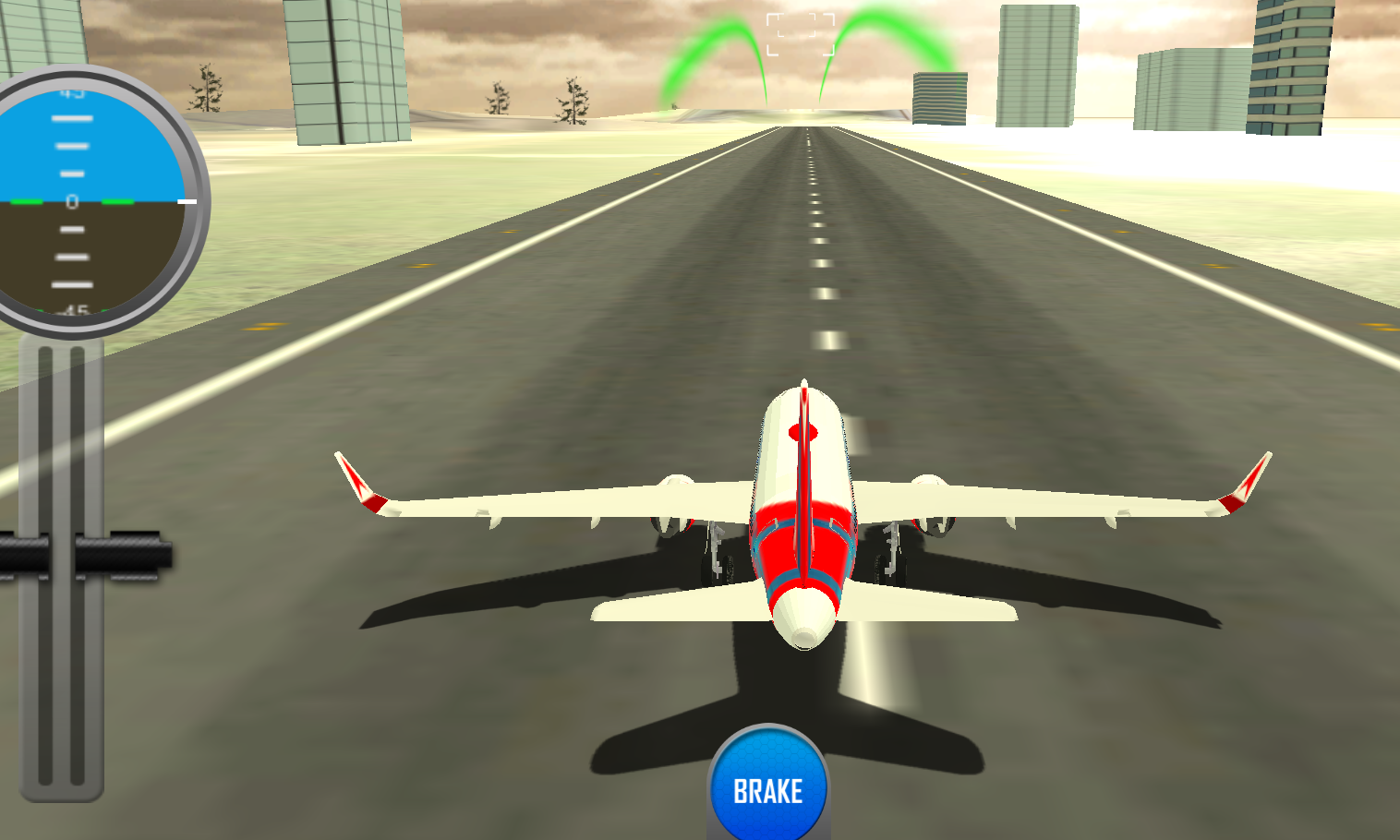

Playing a game is simply another way to teach you how to do something, albeit in a looser fashion. We do a quick point collision check and if there’s a match, we create an explosion Actor and respawn the enemy somewhere else.Flying might not seem to lend itself to games, but there are some you can play safely within this very serious environment. We give it a direction (the same as the player Actor) and send it on its way, updating its position in the same way as we have done with the other game objects. When the player hits the fire button, we just need to make a new bullet Actor and append it to the bullets list.
Play time pilot update#
When we create bullets, we need to put them in a list so that we can update each one individually in our update().

We should now have the enemy swooping around the player, but we will also need some bullets. We convert that to a direction which we set in the enemy Actor object, and set its image and movement according to that direction variable. We use the math.atan2() function to work out the angle between the enemy and the player. To get the enemy plane to fly towards the player, we need a little maths.

Our Python homage to Konami’s arcade classic. For this sample, we will just make one biplane, but more could be made and added. They will need the same eight frames to move in all directions. Add a level variable to the clouds, and we can move them at different speeds on each update() call, producing the parallax effect. When they go off the screen, we can make them reappear on the other side so that we end up with an ‘infinite’ playing area. As we only have eight directions, we can use a lookup table to change the x and y coordinates rather than calculating movement values. We can make a set of random clouds on the screen and move them in the opposite direction to the player aircraft. To provide a sense of movement, we add clouds.
Play time pilot plus#
Before we draw the player to the screen, we set the image of the Actor to the stem image name, plus whatever that direction variable is at the time. After we create a player Actor object, we can get input from the cursor keys and change the direction the aircraft is pointing with a variable which will be set from zero to 7, zero being the up direction. To make our own version with Pygame Zero, we need eight frames of player aircraft images – one for each direction it can fly. The clouds that give the impression of movement have a parallax style to them, some moving faster than others, offering an illusion of depth. The player’s plane stays in the centre of the screen while other game objects move around it. Players also rescue other pilots by picking them up as they parachute from their aircraft. Aircraft start as biplanes and progress to become UFOs, naturally, by the last level. In the original, the player flew through five eras, from 1910, 1940, 1970, 1982, and then to the far future: 2001. Yoshiki Okamoto worked on it secretly, and it proved so successful that a sequel soon followed.

Designed by Yoshiki Okamoto, Konami’s Time Pilot saw an arcade release in 1982.Īrguably one of Konami’s most successful titles, Time Pilot burst into arcades in 1982.


 0 kommentar(er)
0 kommentar(er)
